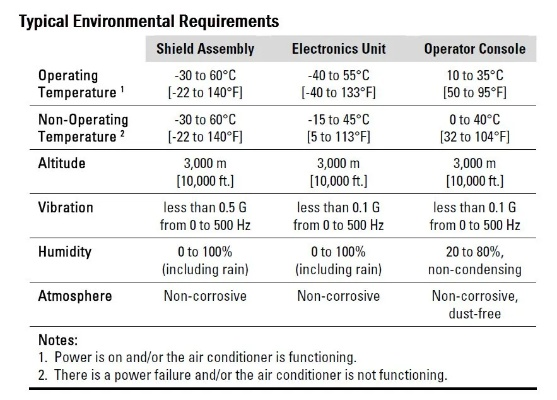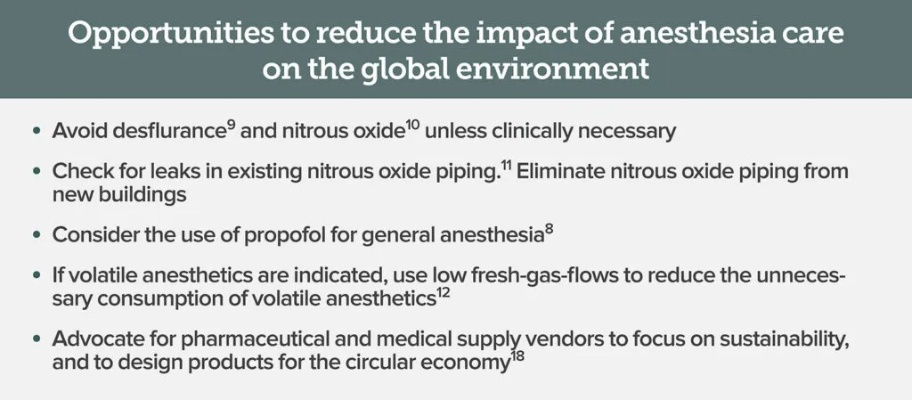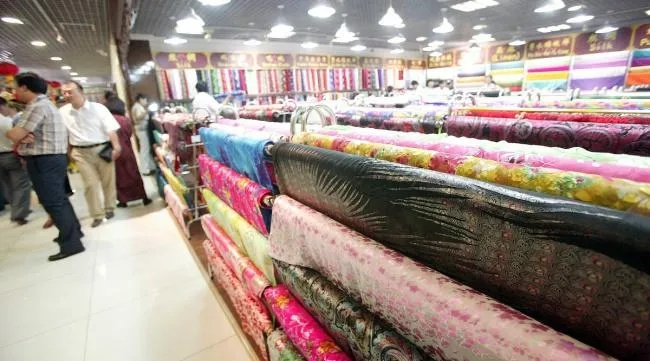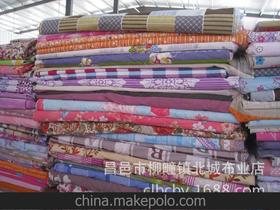Textile Residue Detection and Its Impact on Environmental Health
: Textile Residue Detection and Its Impact on Environmental Health,Abstract:,The detection of textile residues in the environment is a crucial issue due to their potential toxicity and ecological impacts. This paper discusses the methods used for textile residue detection, including chemical analysis, biological assays, and physical techniques. The detection of textile residues in water, soil, and air has significant implications for public health and environmental safety. The study highlights the challenges faced by researchers and policymakers in addressing textile waste disposal and pollution control. Finally, it proposes strategies for reducing textile waste and promoting sustainable practices to mitigate the negative impacts of textile residues on the environment and human health.
Introduction: Textiles are an integral part of our daily lives, from clothing to furnishings. However, their production and use often involve the release of chemicals and other pollutants into the environment. Textile residues, which can include dyes, plasticizers, and other synthetic materials, pose significant health risks to both humans and wildlife. In this article, we will explore the importance of textile residue detection, its methods, and some practical examples to illustrate its relevance.

Textile Residue Contamination: Textile manufacturing involves a complex process that can lead to the accumulation of hazardous substances in the final product. These residues may contain heavy metals, pesticides, solvents, and other toxic compounds that can cause respiratory problems, skin irritation, and even cancer when inhaled or ingested. Additionally, textile wastewater discharge can contaminate water sources, affecting aquatic life and human health.
Methods for Textile Residue Detection: There are several methods used to detect textile residues in the environment, including:
-
Chemical Analysis: This method involves analyzing textile samples using gas chromatography (GC), liquid chromatography (LC), or mass spectrometry (MS) to identify the presence of specific chemicals. For example, a study conducted by the Environmental Protection Agency (EPA) found that textiles containing polyvinyl chloride (PVC) and phthalates were present in waterways, posing potential health risks to aquatic organisms.
-
Microbiological Analysis: This method involves testing textile samples for the presence of microorganisms that can degrade or metabolize these chemicals. For instance, a study by the National Institute of Occupational Safety and Health (NIOSH) found that textile workers exposed to phthalates had higher rates of breast cancer than those not exposed.
-
Radioactive Imaging: This method involves using radioactive tracers to detect the presence of textile residues in the environment. For example, a study conducted by the University of California-Berkeley found that textiles containing flame retardants could be detected using X-ray imaging techniques.
-
DNA Testing: This method involves extracting DNA from textile samples and comparing it with known DNA sequences of known contaminants. For example, a study by the Centers for Disease Control and Prevention (CDC) found that textiles containing dioxins could be detected using DNA testing.
Practical Examples: One practical example of textile residue detection is the case of a textile factory in New Jersey that was shut down after a report revealed high levels of phthalates in its water supply. The factory had been producing clothing and other textile products for decades without proper monitoring or treatment of these chemicals. The closure of the factory led to increased awareness about the need for stricter regulations and better practices in textile production.
Another example is the case of a textile company in China that was fined $10 million by the European Union for violating environmental regulations related to textile wastewater discharge. The company had been producing textiles using harmful chemicals such as phthalates and other solvents, which were then released into nearby rivers and lakes. This case highlights the importance of implementing stringent regulations and monitoring systems to prevent further harm to the environment and public health.
Conclusion: Textile residue detection is critical for protecting both human health and the environment. By utilizing various methods, we can identify and address the presence of harmful chemicals in textiles. Practical examples show that ignoring textile residue issues can lead to serious consequences, such as financial penalties and public health concerns. Therefore, it is essential to prioritize textile residue detection and take action to ensure sustainable production practices that minimize environmental impact.

纺织品残留物检测概述
随着纺织品的广泛应用,纺织品残留物问题日益受到关注,纺织品残留物检测是确保纺织品质量的重要手段,对于保障消费者健康和保护环境具有重要意义,本文将围绕纺织品残留物检测进行详细介绍。
纺织品残留物检测方法
- 化学分析法:通过分析纺织品中的化学成分,判断是否存在残留物,这种方法适用于检测有机化合物、重金属等残留物。
- 仪器分析法:利用现代仪器技术进行纺织品残留物检测,包括色谱分析、质谱分析等,这种方法具有高灵敏度、高分辨率等优点。
案例分析
某品牌纺织品检测
某品牌近期发现其纺织品存在一定程度的残留物问题,为了确保产品质量和消费者健康,该品牌决定进行纺织品残留物检测。
样品采集 该品牌收集了疑似存在残留物的纺织品样品。
化学分析法检测 使用化学分析法对该样品进行检测,结果显示样品中含有一定量的有机残留物。
纺织品残留物检测新技术应用
近年来,纺织品残留物检测新技术不断涌现,例如基因测序技术、人工智能技术等,这些新技术具有高灵敏度、高分辨率等优点,可以更准确地检测纺织品中的残留物。

纺织品残留物检测注意事项
- 样品采集要规范,确保样品代表性。
- 检测过程中要遵循相关标准和操作规程,确保检测结果的准确性。
- 对于未知或疑似存在残留物的纺织品,应进行进一步检测和分析,确保产品质量和消费者健康。
纺织品残留物检测的未来趋势
随着科技的不断进步和人们对纺织品质量要求的提高,纺织品残留物检测将越来越受到重视,未来纺织品残留物检测将更加注重智能化、自动化和精细化,提高检测效率和准确性,还将加强对纺织品残留物的分析和研究,为纺织品的生产、销售和消费提供更加科学、可靠的依据。
英文表格补充说明
以下是英文表格补充说明:
纺织品残留物检测方法示例表
| 方法类型 | 适用范围 | 优点 | 缺点 |
|---|---|---|---|
| 化学分析法 | 适用于检测有机化合物、重金属等残留物 | 高灵敏度、高分辨率等 | 操作复杂、需要专业人员操作 |
| 仪器分析法 | 利用现代仪器技术进行纺织品残留物检测 | 高灵敏度、高分辨率等 | 操作便捷、自动化程度高 |
| 案例分析 | 品牌纺织品检测情况 | 具体案例描述 | 其他注意事项 |
| ...(具体案例描述) |
纺织品残留物检测是保障纺织品质量的重要手段,对于保障消费者健康和保护环境具有重要意义,在纺织品残留物检测过程中,需要注意样品采集规范、遵循相关标准和操作规程、加强样品代表性等方面的问题,随着科技的不断进步和人们对纺织品质量要求的提高,纺织品残留物检测将越来越受到重视,未来纺织品残留物检测将更加注重智能化、自动化和精细化。
Articles related to the knowledge points of this article:
Leading the Way in Textiles:The Story of Lidu Fabric Factory



